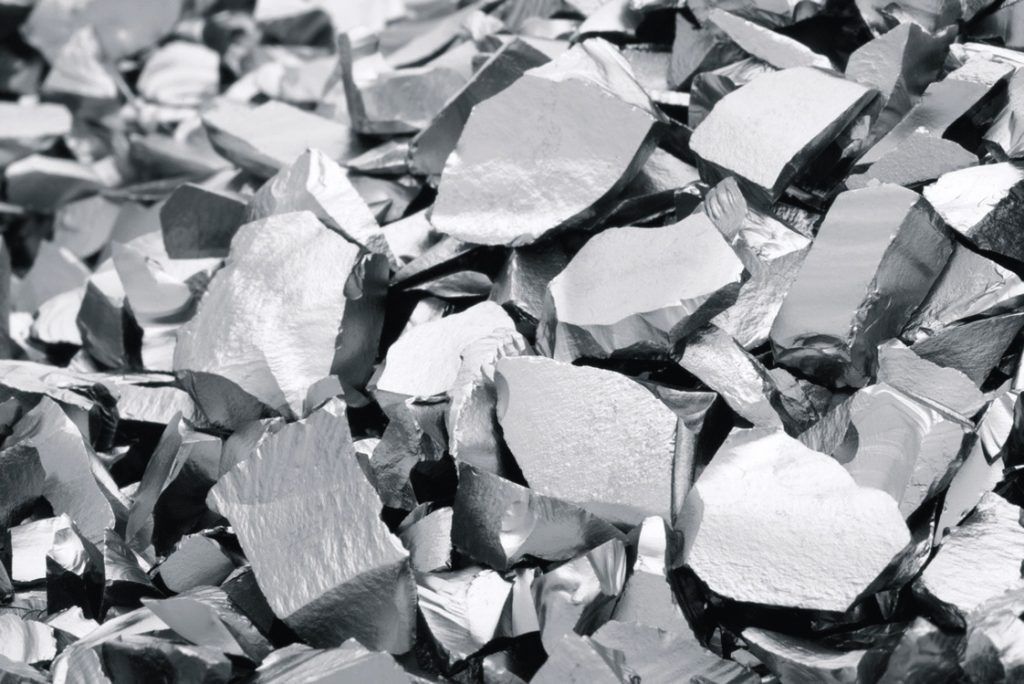Polysilicon prices in China have dropped significantly this week, according to Silicon Industry Association.
N-type polysilicon is trading between RMB 100-110 per kg, with an average transaction price of RMB 103.9 per kg, down 16.48% from the previous week. Additionally, polysilicon prime for mono was sold at an average price of RMB 95.9 per kg, down 16.68% from the previous week.

The polysilicon market has seen an increase in the pace of transactions as companies switch to signing contracts every few days from signing long-term contracts. Approximately seven companies have signed new orders this week, primarily to sell off their inventory.
The reasons behind the continued decline in polysilicon prices include declining silicon wafer prices, production capacity expansion, and increasing competition between upstream and downstream players. These factors have led to a decrease in demand for polysilicon, resulting in a sharp drop in prices.
Furthermore, many companies are facing losses during the ramp-up period of expanding production capacity. Some may choose to delay production to mitigate these risks, while others are offering discounts to clear excess inventory. This situation has been exacerbated by the increased competition between upstream and downstream players, leading to a pessimistic outlook and a faster decline in polysilicon prices.
As of this week, there are 15 Chinese producers of polysilicon, two of which have suspended production for maintenance due to market factors.
According to the production plans of polysilicon producers, June will see a significant increase in newly built production capacity. Despite some companies going through periods of maintenance, the overall supply is expected to exceed demand.
This oversupply of polysilicon is likely to persist in the short term, said the association. As polysilicon prices continue to fall, downstream product prices, such as those of cells and modules, are also expected to decrease. Companies that have not yet completed their new polysilicon capacity are advised to be cautious in this uncertain market.
The industry needs to prepare for a prolonged period of low polysilicon prices and adjust their strategies accordingly.


